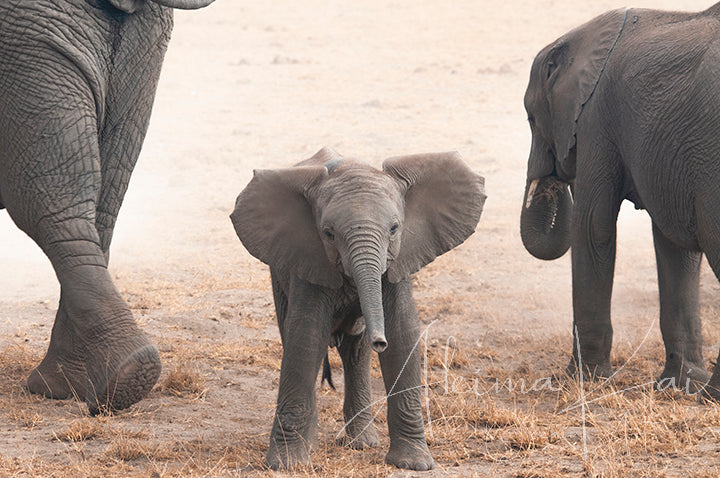
Introduction
Photographing wildlife in their natural habitat is a rewarding yet challenging endeavor. It requires a blend of patience, skill, and understanding of animal behavior. In this article, we will explore essential tips and techniques to help you capture stunning wildlife photos that convey the beauty and essence of the natural world.
Understanding Your Subject
Research Animal Behavior
Before heading into the wild, it's crucial to research the behavior of the animals you intend to photograph. Understanding their habits, feeding times, and movement patterns will increase your chances of capturing remarkable images.
Learn About the Habitat
Familiarize yourself with the habitat where you will be photographing. Knowing the terrain, weather conditions, and vegetation can help you plan your shoot more effectively and anticipate the best locations for sighting wildlife.
Essential Gear for Wildlife Photography
Choosing the Right Camera and Lenses
Investing in a good camera and lenses is vital for wildlife photography. A DSLR or mirrorless camera with fast autofocus and high frame rates will help you capture quick movements. Telephoto lenses (300mm and above) are essential for getting close-up shots without disturbing the animals.
Other Important Equipment
Besides the camera and lenses, a sturdy tripod, binoculars, and protective gear for your equipment are also important. Binoculars help in spotting animals from a distance, while a tripod ensures stability for sharp images, especially in low light conditions.
Techniques for Capturing Stunning Wildlife Photos
Mastering the Art of Patience
Wildlife photography demands a great deal of patience. Animals are unpredictable, and waiting quietly for the right moment is key. Spend time observing and understanding their behavior to anticipate the perfect shot.
Use Natural Light to Your Advantage
Early mornings and late afternoons, known as the golden hours, provide the best natural light for photography. The soft, warm light during these times enhances the colors and textures of your images, making them more appealing.
Composition and Framing
Pay attention to the composition and framing of your shots. Use the rule of thirds to create balanced and visually interesting images. Including elements of the habitat in your frame can provide context and tell a more compelling story about the animal's environment.
Focus on the Eyes
The eyes are the most expressive part of any animal. Ensure that the eyes are in sharp focus to create a strong connection between the subject and the viewer. This can make your wildlife photos more engaging and impactful.
Ethical Considerations in Wildlife Photography
Respect the Wildlife
Always prioritize the well-being of the animals over getting the perfect shot. Maintain a safe distance, avoid sudden movements, and never interfere with their natural behavior. Your presence should be as unobtrusive as possible.
Follow Local Regulations
Adhere to local wildlife photography regulations and guidelines. Some areas may have specific rules to protect the habitat and its inhabitants. Respecting these regulations helps in the conservation of wildlife and ensures future opportunities for photographers.
Conclusion
Wildlife photography is a beautiful blend of art and science. By understanding your subject, using the right equipment, and practicing patience and ethical considerations, you can capture breathtaking images that showcase the wonders of nature. Remember, every photograph tells a story, and with these tips, you'll be well-equipped to tell the most captivating stories through your lens.
